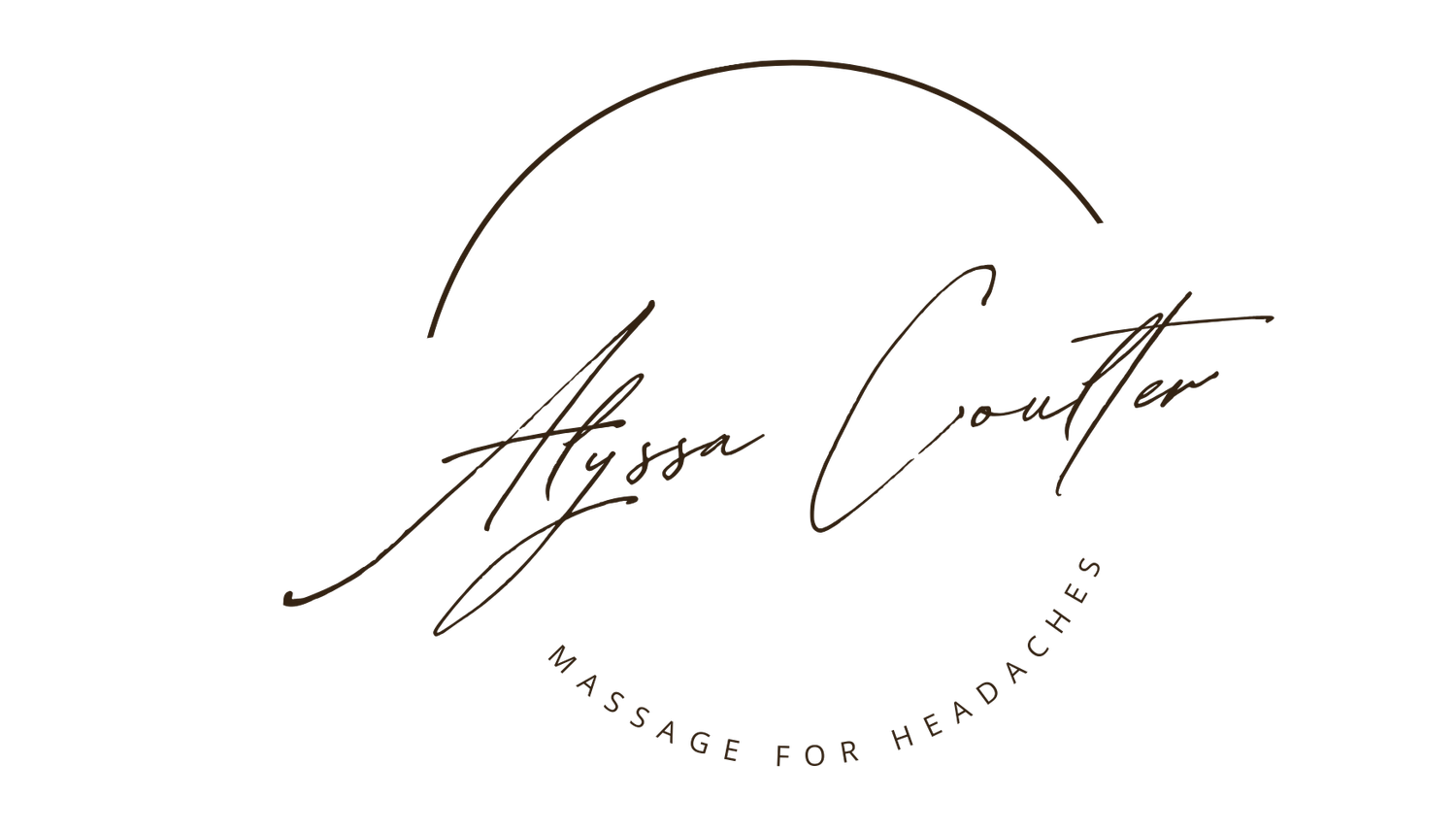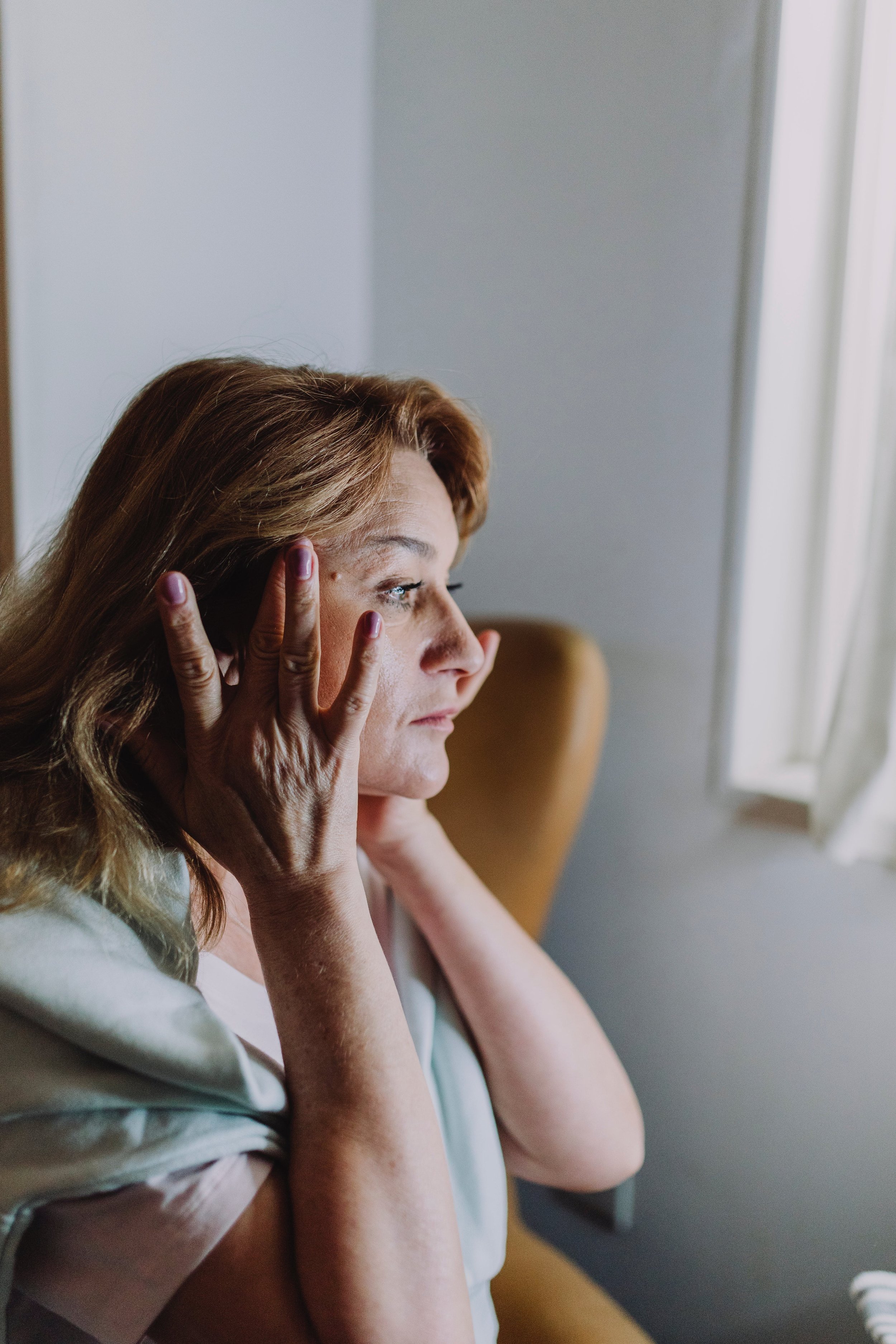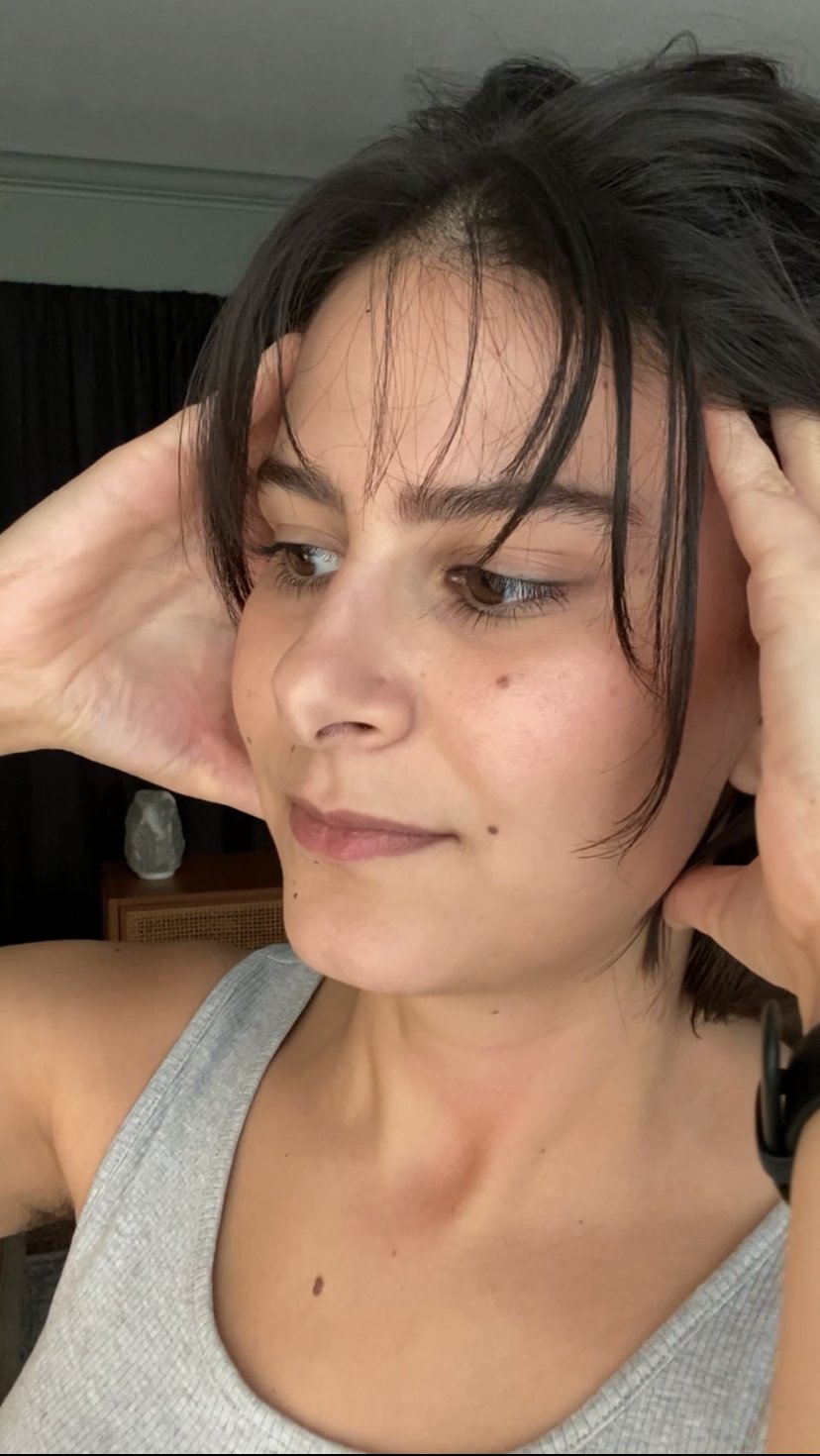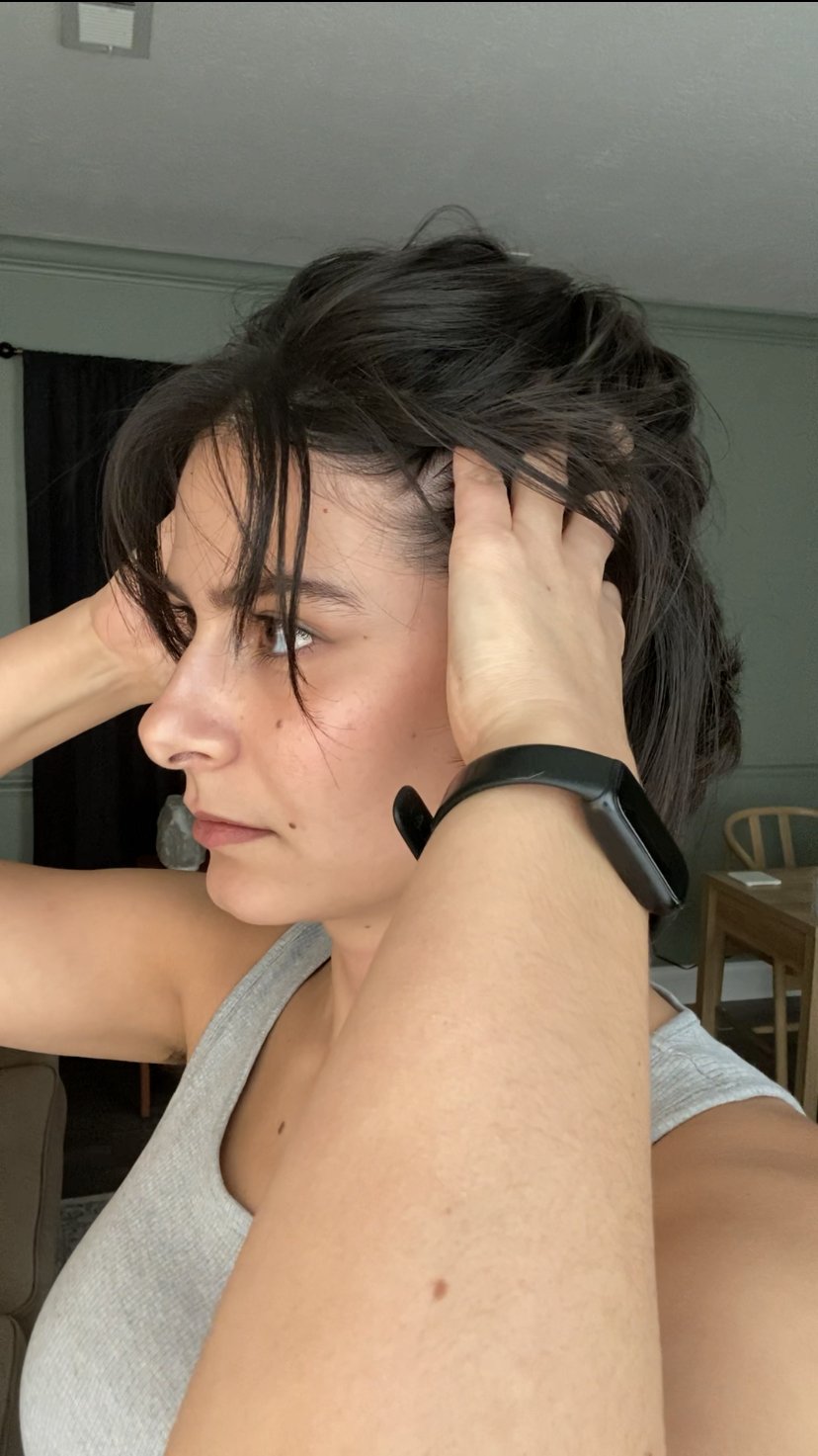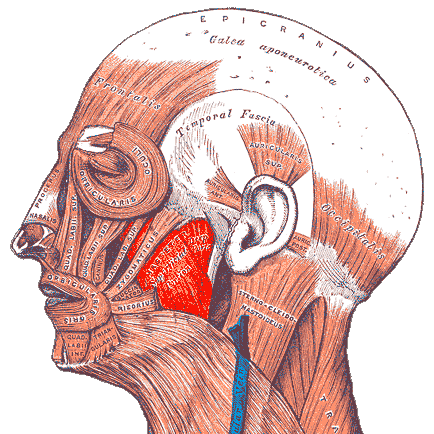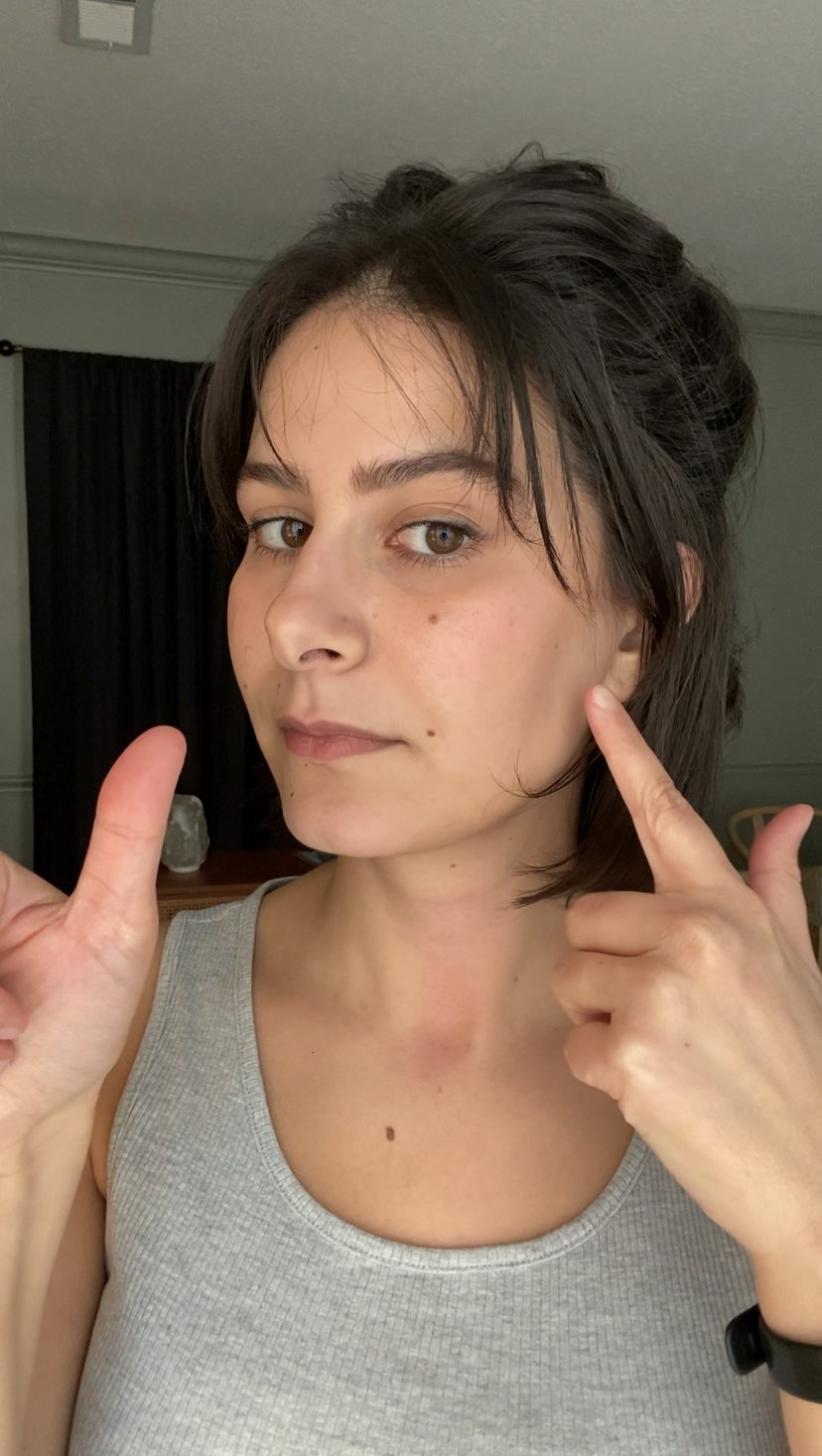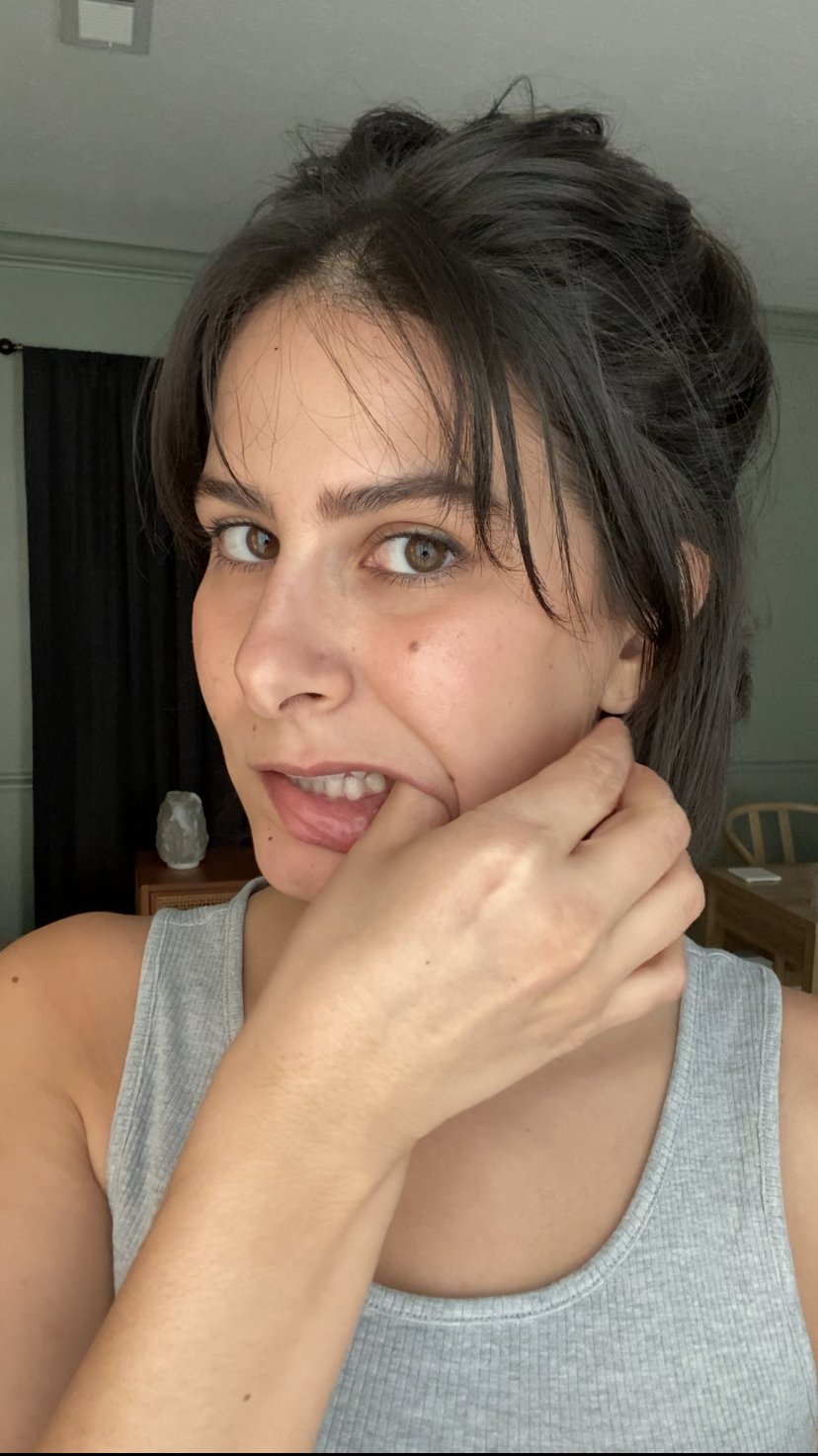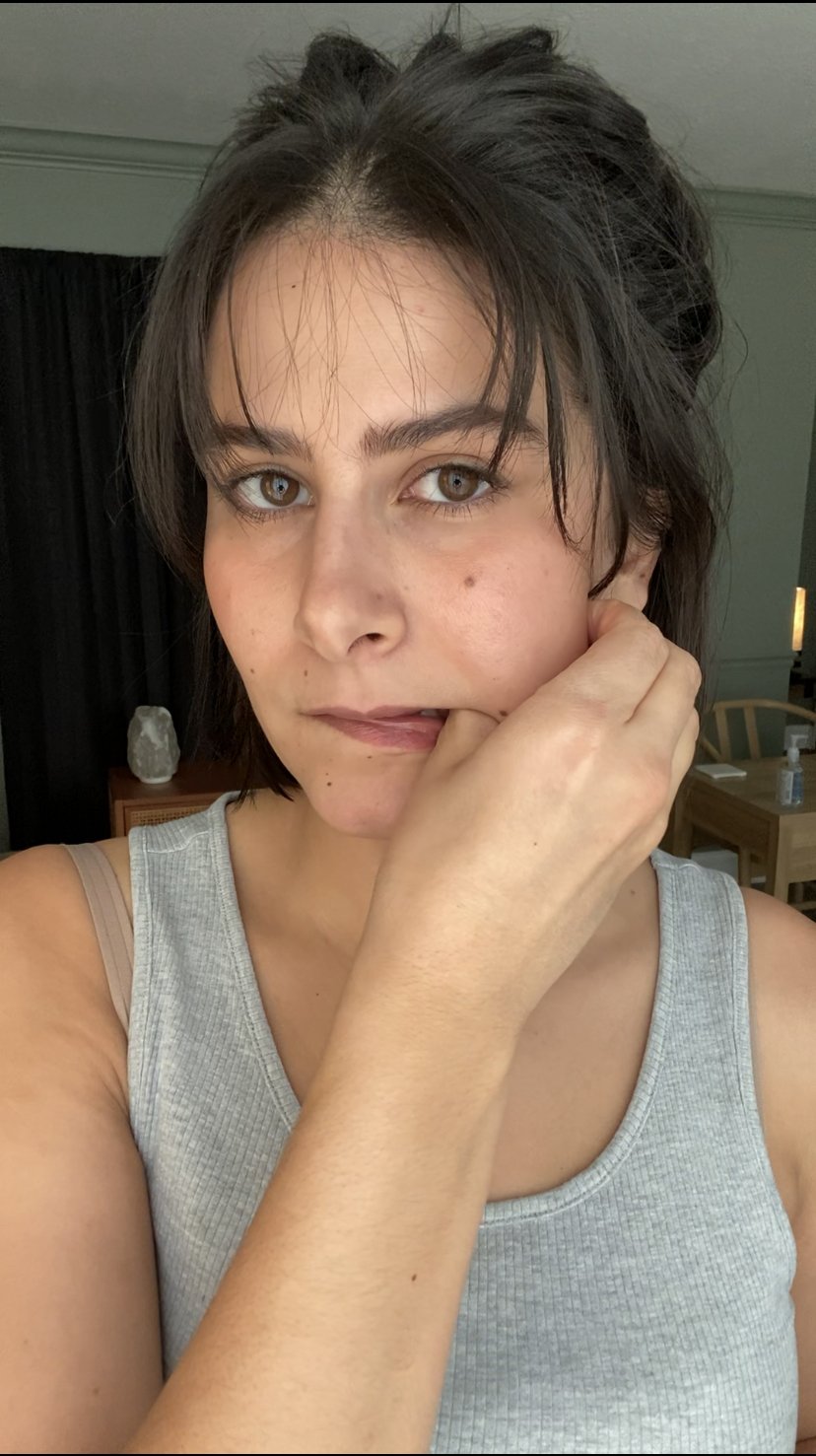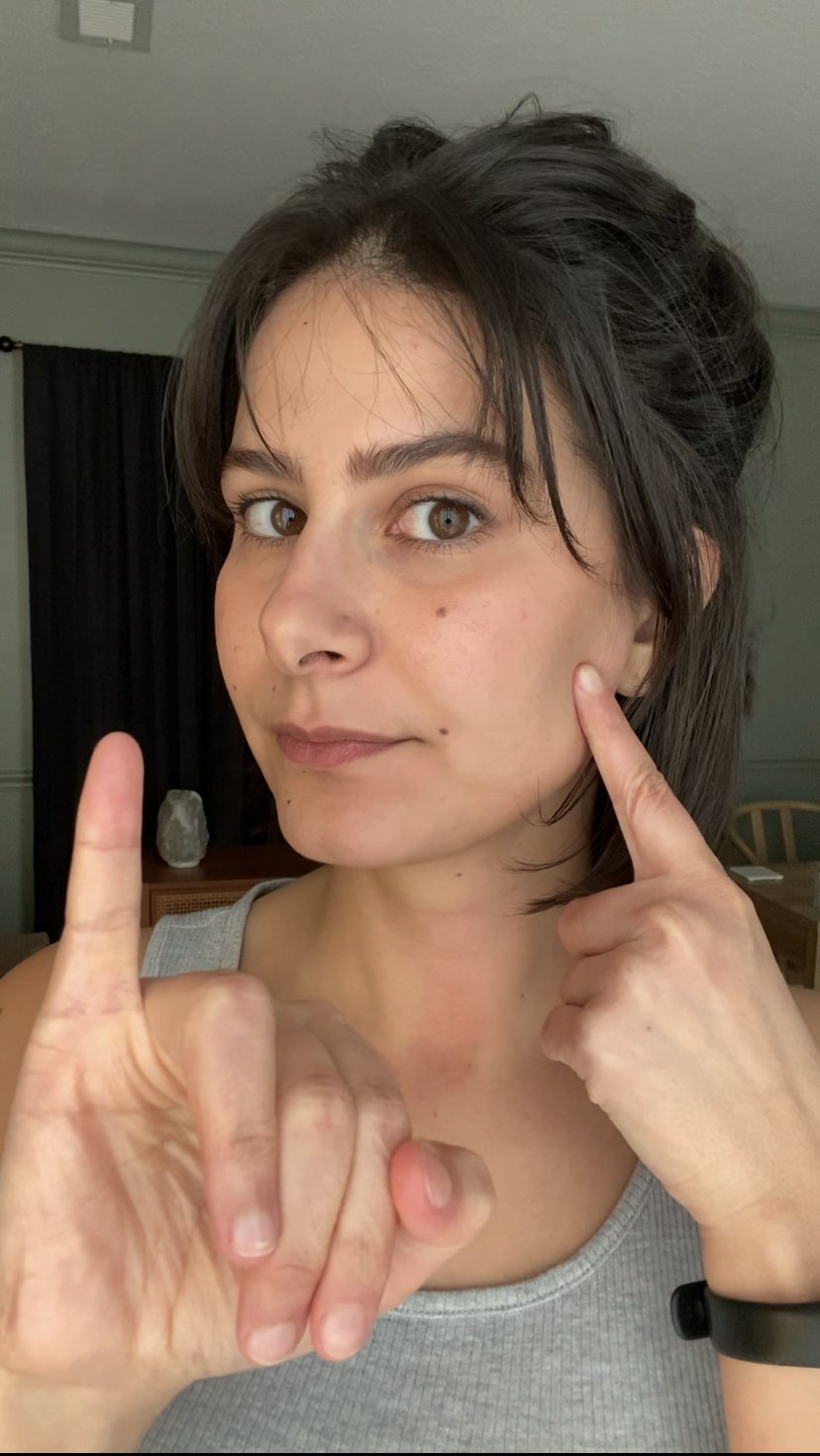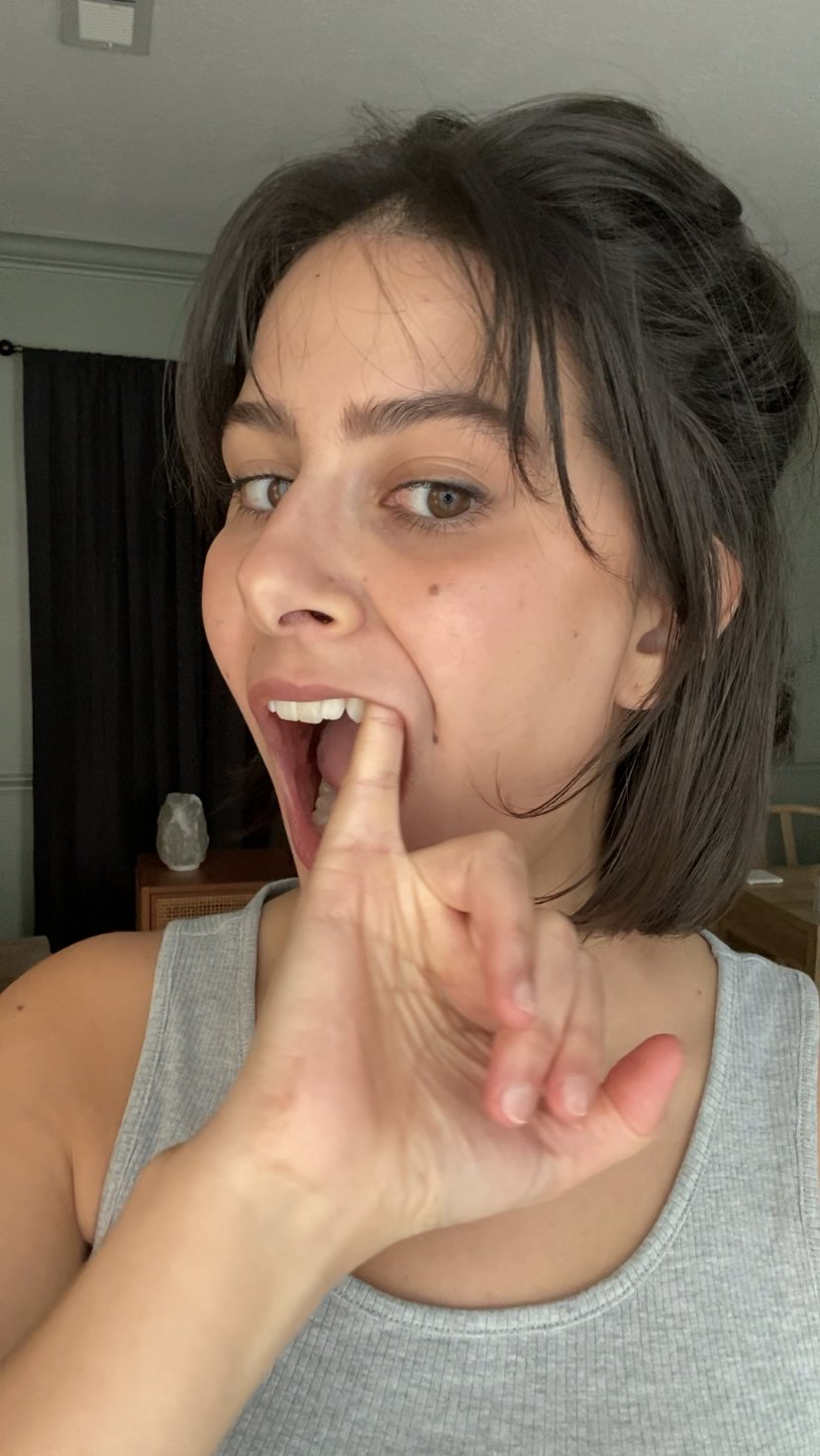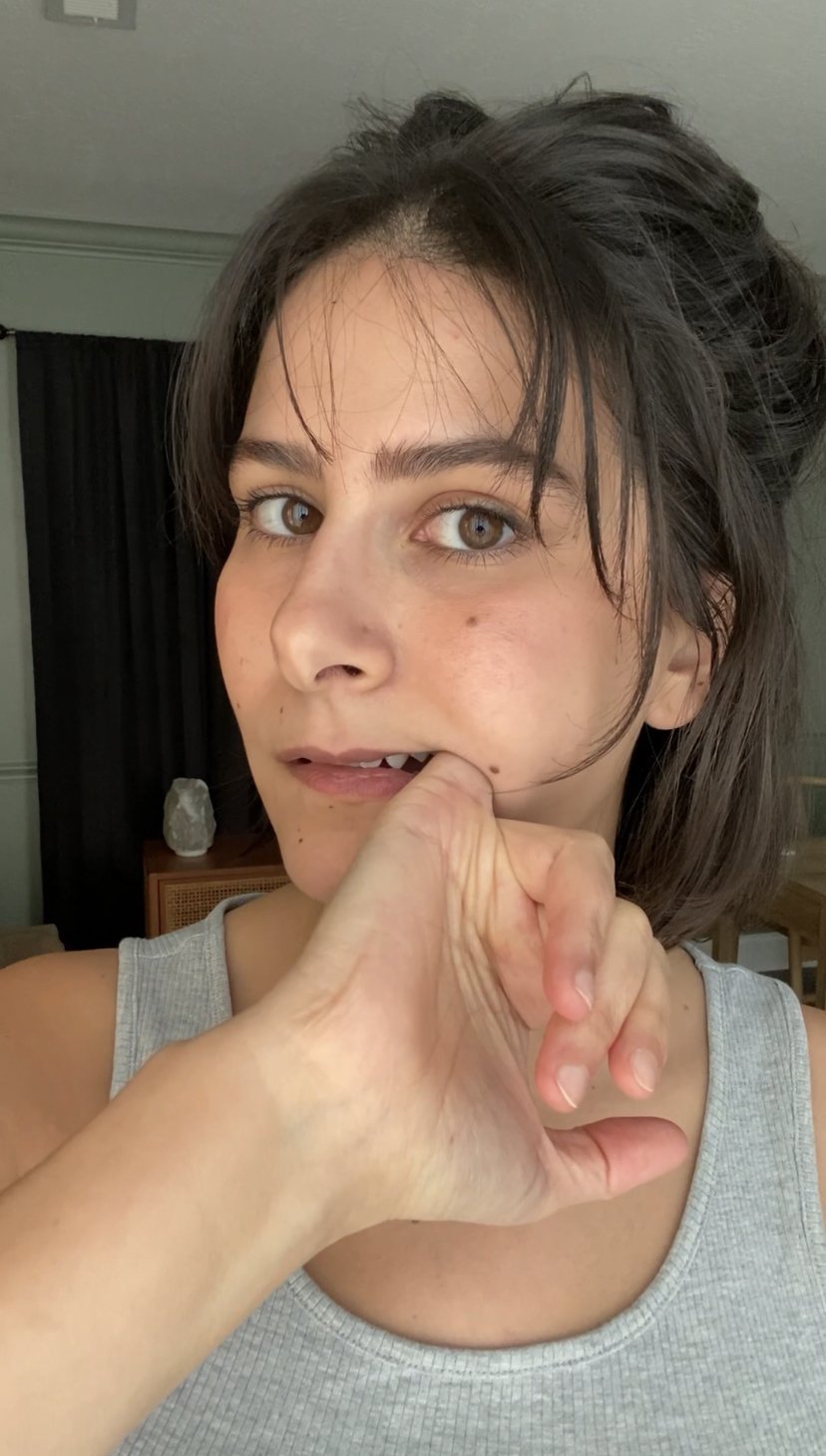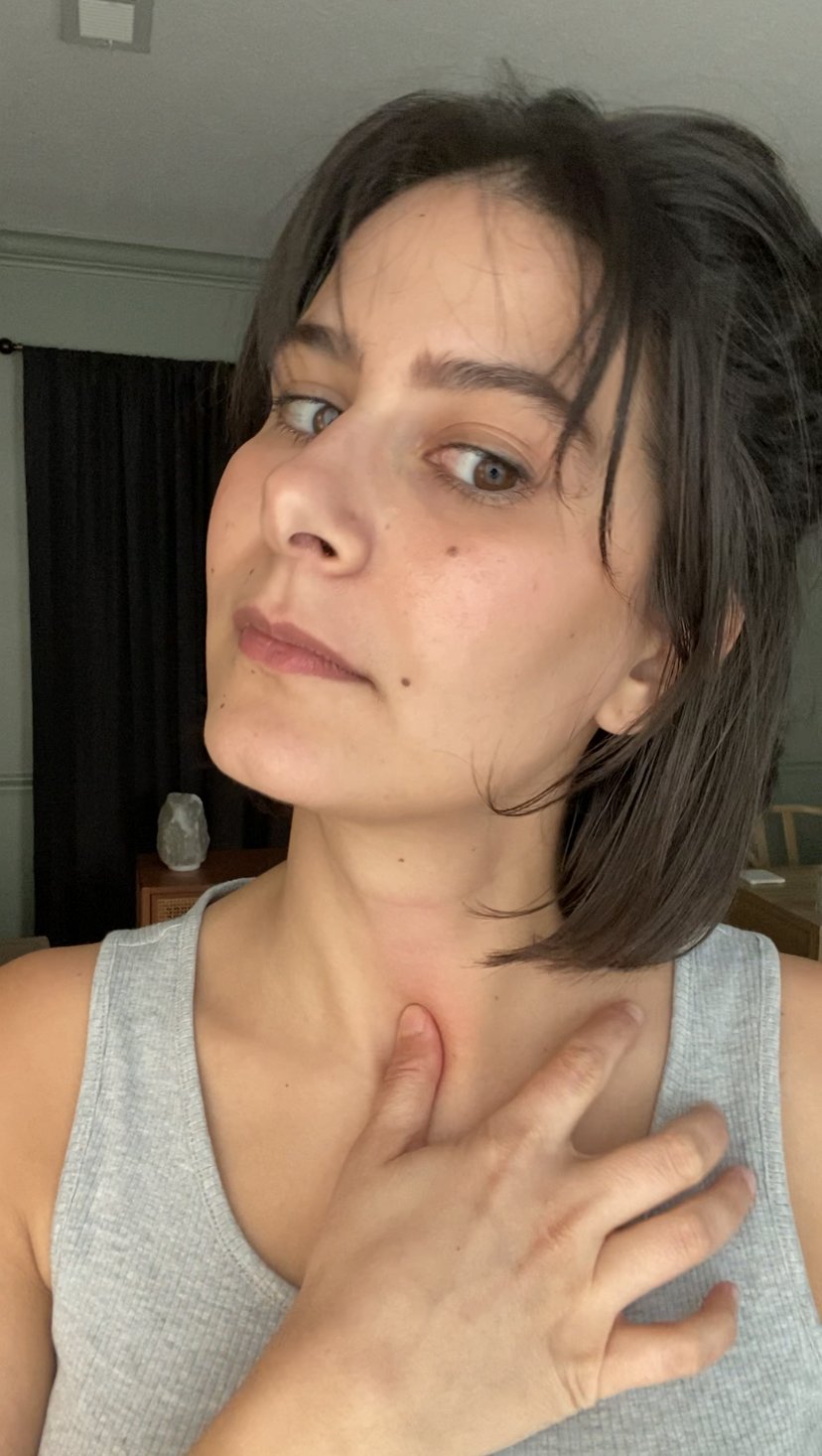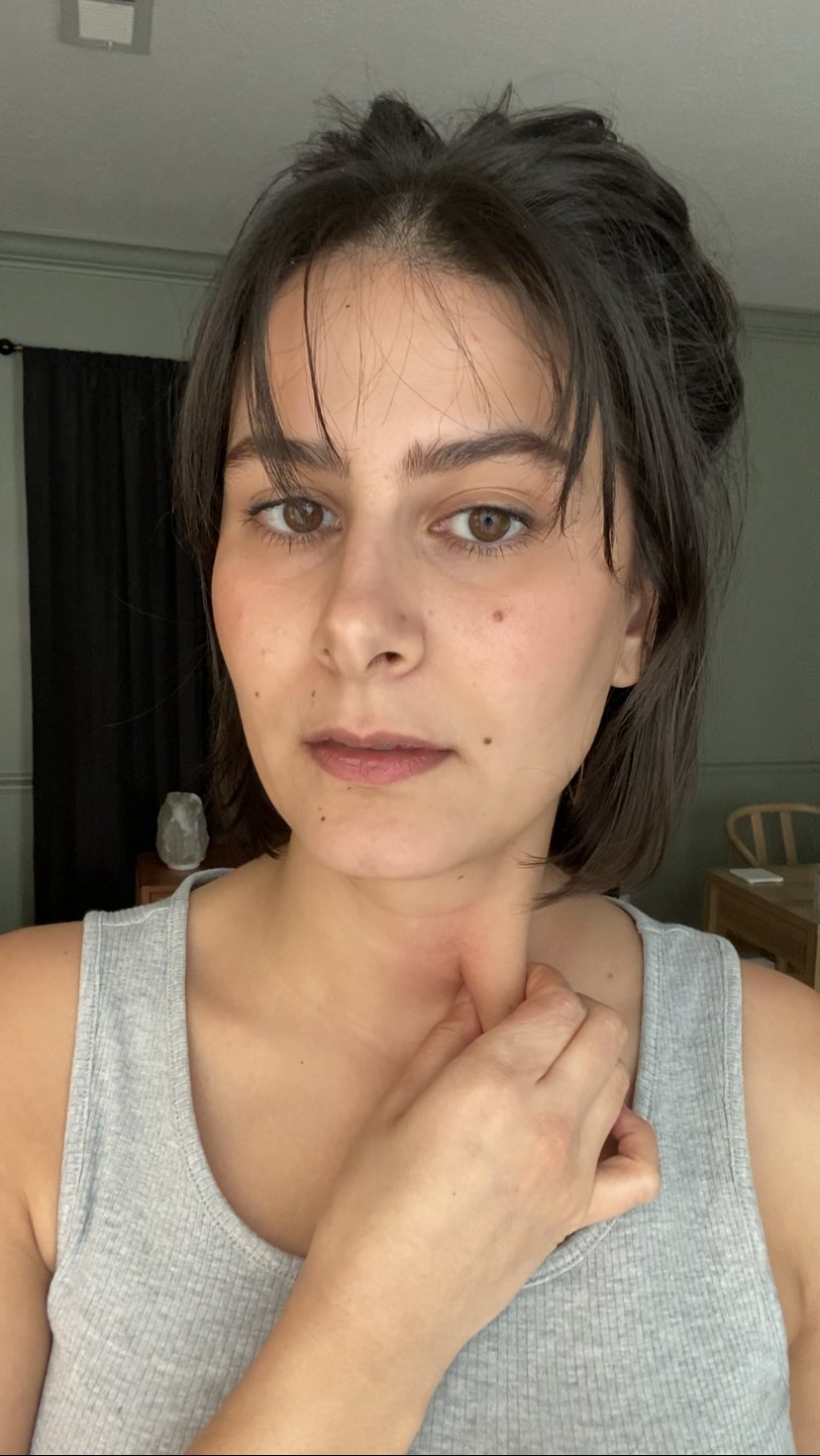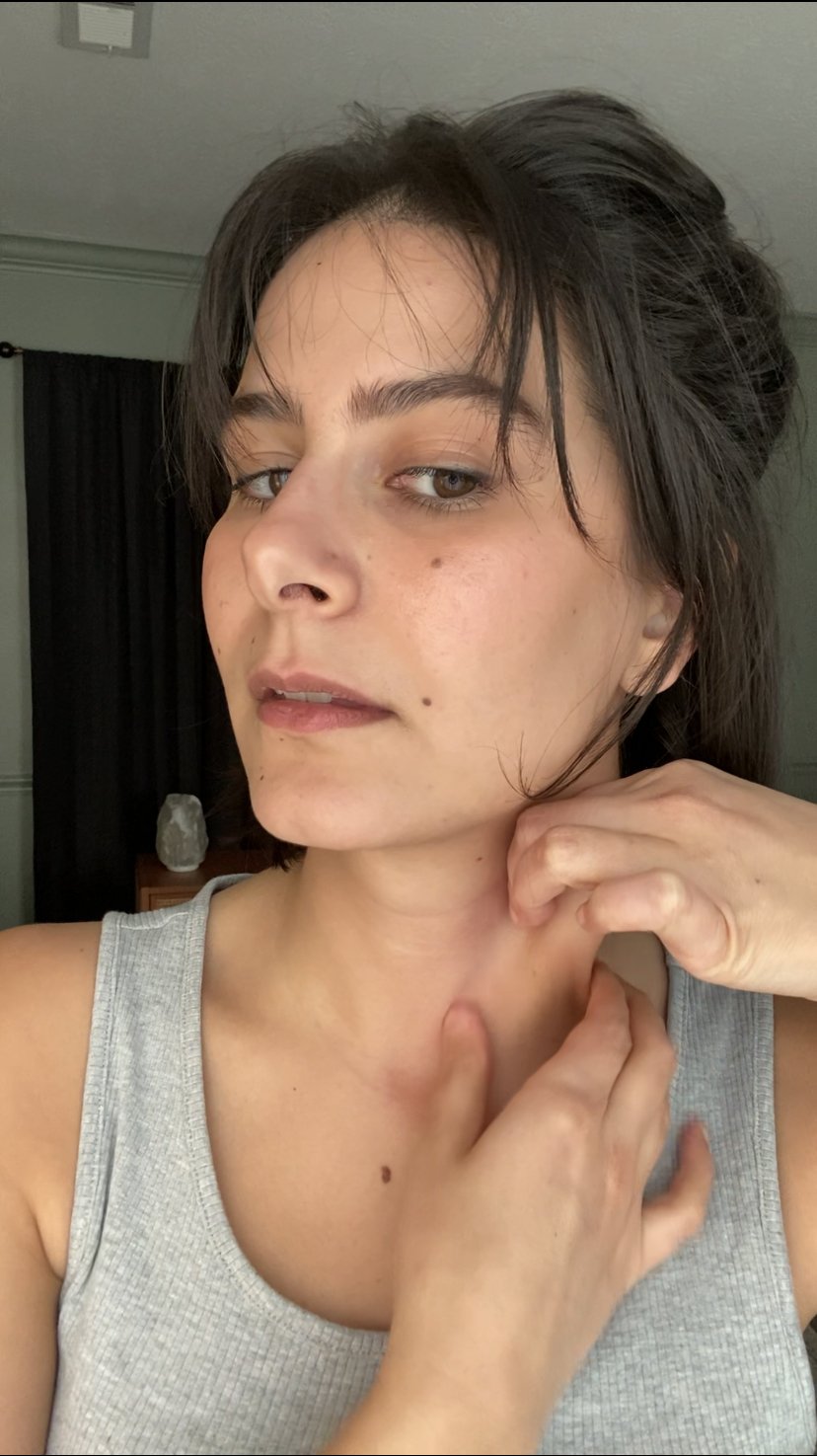4 Self-Massage Techniques for TMJ Disorders: A Guide to At-Home Jaw Relief
Dealing with TMJ disorders can be a real pain in the... well, jaw. But fear not, because I've got your back (or, should I say, temporomandibular joint :D) with some self-massage techniques that can bring you sweet relief. In fact, this is LITERALLY the self-massage routine I send my TMJ clients away with. Let's dive into this DIY guide for a happier, more relaxed face.
Setting up for Success
Before we get our hands dirty (not literally, please wash them first), let's set the stage for success. Find a quiet moment in your day when you can truly focus on your body. Take a few deep breaths to center yourself.
Now, about the pressure – it's a Goldilocks situation. Not too soft, not too hard – find that sweet spot that feels just right for you. It’s easy to injure yourself with self-massage because we tend to want to go RIGHT for our threshold of pain instead of warming up first.
When you’re massaging a muscle, you should expect to feel a little bit of feel-so-good tenderness in that area. If your pain increases with self-massage, back off until the pain subsides or skip that muscle altogether. We want to work with the nervous system, not against it, which means we need to keep our nerves and our brain relaxed and unafraid.
Self-Massage Routine
Now, onto the main event – the self-massage routine. We're hitting the key players here:
Temporalis
What it is: A thin, fan-shaped muscle on the side of the skull that helps close the jaw.
Location: Located on the sides of your head, above and slightly in front of your ears.
How to massage the temporalis:
Spread your fingers (make a number 5 with your hands).
Place your fingertips against your skull in the space between your eyes and your ears.
With gentle pressure, move your fingers from your temples towards the back of your head. Try to focus on moving your scalp over the muscles instead of moving your fingers over your skin.
For a more intense massage, try opening and closing your jaw as you move your hands backward.
Masseter
What it is: The primary chewing muscle. The main action of the masseter is to close the jaw, though it is also used in speaking and swallowing. It is the strongest muscle in the body relative to its size (chronic jaw clenchers are not impressed with this fact).
Location: Your cheek muscle. This muscle starts at the cheekbones and ends at the lower jaw.
How to massage the masseter:
Place your opposite-side thumb into your cheek. Rest your other 4 fingers on the outside of your cheek.
Clench your jaw and feel the masseter muscle tense. Lightly pinch the muscle between your thumb and other fingers, then cease clenching your jaw so that the muscle relaxes completely.
Take a deep breath in and on the exhale, lightly press outward with your thumb to create a gentle stretch in the masseter. Hold for 15 seconds.
Lateral Pterygoid
What it is: A tiny powerhouse of a jaw muscle located inside the mouth near the temporomandibular joint, responsible for controlling the jaw's side-to-side movement and aiding in functions like chewing and talking.
Location: Inside your mouth, near the jaw joint.
How to massage the lateral pterygoid:
Slide your pinky along the biting surface of your lower teeth.
Continue past the molars, then travel up towards your eye socket until you meet resistance. Your pinky should slide into a little hollow at the very back of your jaw joint. Apply gentle pressure to feel the lateral pterygoid. It is a very sensitive muscle and can be quite painful to the touch. To make sure you are on the correct muscle, say “la” or jut your lower jaw forward to feel the lateral pterygoid contract.
Once you have made contact, take a deep breath and on the exhale apply light pressure to the muscle with your pinky, pressing outwards to gently stretch the muscle. The goal is to slightly sink into the soft tissue. Do not force your pinky any deeper than the muscle allows it to go. Hold for 15 seconds.
Sternocleidomastoid (SCM)
What it is: a neck muscle that runs from behind the ear to the collarbone, playing a crucial role in head rotation and flexion. It can influence jaw and neck tension, impacting overall comfort and mobility.
Location: Neck muscle, starts behind the ear and goes down to the collarbone.
How to massage the SCM:
Place your thumb at the base of your neck just above your collarbone.
Rotate your neck to one side. You should see a band of tissue pop out. Grab this muscle between your thumb and outer fingers.
Gently walk your fingers up this muscle towards its end at the ears. Use pinching movements and alternate hands.
Be very mindful of your pressure here. There are lots of sensitive bodies on the front of the neck. If you feel a pulse, move.
How Often Should You Do These Massages?
Let's talk frequency. Consistency is key, but don't overdo it. To start, I recommend aiming for a soothing session 2-3 times a week. Your jaw needs some love, but like all good things, moderation is key. If you're unsure or experiencing persistent discomfort, a chat with your healthcare provider or a skilled massage therapist can provide personalized guidance.
Other Considerations
A reminder that these self massages are not meant to replace the care of a healthcare provider, just ease the symptoms of TMJ dysfunction. If you’re experiencing jaw pain and discomfort, it might be time to see a specialized dentist or physician.
Conclusion
And that’s it! A little, unintimidating self massage you can take with you wherever you go. Remember, consistency is key. Give it a couple of weeks and see how you feel, you little massage therapist, you.
Additional Resources
Looking for more jaw knowledge? Check out these resources:
My Instagram (I post a lot of massage routines like the one above on social media)
Take care!

